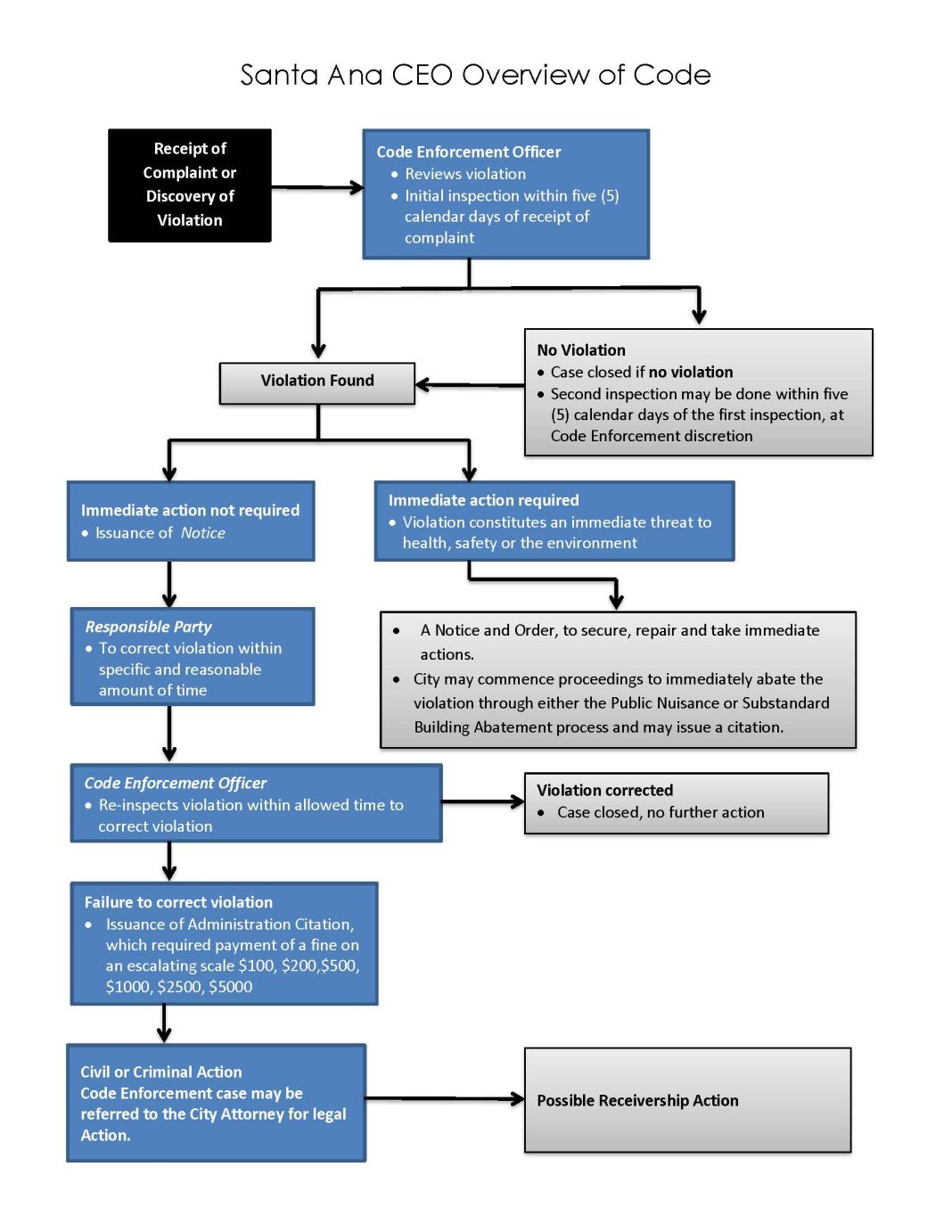
Labor Market Uncertainty: Layoffs Surge Amid Mixed Data
The U.S. labor market is facing growing economic challenges and uncertainty, as evidenced by the surge in layoffs and mixed data. While new applications for unemployment benefits slightly decreased last week, layoffs soared throughout the entire month of August.
According to the U.S. Department of Labor, new filings for jobless benefits fell by 5,000 to 227,000 for the week of August 31. This is lower than the expected number of 230,000 and the lowest level since the week of July 6. The decline in initial claims can be attributed to the diminishing temporary effects of seasonal factors in the automobile industry and Hurricane Beryl.
Continuing claims, which represent the number of workers collecting unemployment benefits after filing an initial claim, also decreased by 22,000 to 1.838 million during the week ended August 24. This suggests an increase in hiring activity for that week.
However, other data points indicate labor market softness. The Federal Reserve’s “Beige Book” report noted that unemployment levels have either slightly increased or remained stable in recent weeks. Some Federal Reserve districts reported reduced shifts, unfilled job postings, and lower headcounts through attrition. While layoffs were uncommon, the report indicated signs of a slowdown in hiring.
Furthermore, the government’s Job Openings and Labor Turnover Survey revealed that job openings slumped to their lowest level in over three years in July. This decline in hiring activity is supported by data from payrolls processing firm ADP, which showed that private payrolls rose by just 99,000 in August, lower than the expected 140,000.
Investors are eagerly awaiting the government’s non-farm payrolls job creation report, scheduled for release on September 6. This report will provide further insights into the health of the labor market.
The concerns about a potential recession have been amplified by a decline in hiring activity in July, which pushed the unemployment rate to a three-year high of 4.3 percent. Additionally, job cuts have increased significantly, with layoffs in August reaching their highest level for the month in 15 years.
According to a report by Challenger, Gray & Christmas, U.S. employers announced 75,891 job cuts in August, a 193 percent increase from July and a 1 percent increase from August 2023. This surge in job cuts reflects growing economic uncertainty and shifting market dynamics.
Furthermore, announced hiring plans have fallen to the lowest year-to-date total since Challenger, Gray & Christmas began tracking them in 2005. Overall, the labor market is softening, according to the firm.
The health of the labor market and the broader economy has also been called into question due to a sharp downward revision of the past year’s job creation numbers by 1.1 million by the Bureau of Labor Statistics. This revision has sparked debate and raised expectations for a Federal Reserve interest-rate cut.
Financial markets have fully priced in a rate cut at the Fed’s policy meeting in September, with a 61 percent chance of a quarter-point reduction and a 39 percent chance of a half-point cut. The likelihood of additional rate cuts has increased following a BLS report showing slower growth in unit labor costs and strong worker productivity in the second quarter.
The Fed’s Beige Book report further supports the notion of softness in the economy, as it showed that economic activity in approximately three-quarters of the United States was either flat or declining. Additionally, recent surveys of U.S. factory activity have indicated weakness in the manufacturing sector.
In conclusion, while the decrease in new applications for unemployment benefits may indicate some stability, the surge in layoffs, declining job openings, and softening labor market suggest growing economic challenges and uncertainty. The upcoming non-farm payrolls report and the Federal Reserve’s decisions will provide further clarity on the state of the labor market and its impact on the broader economy.


